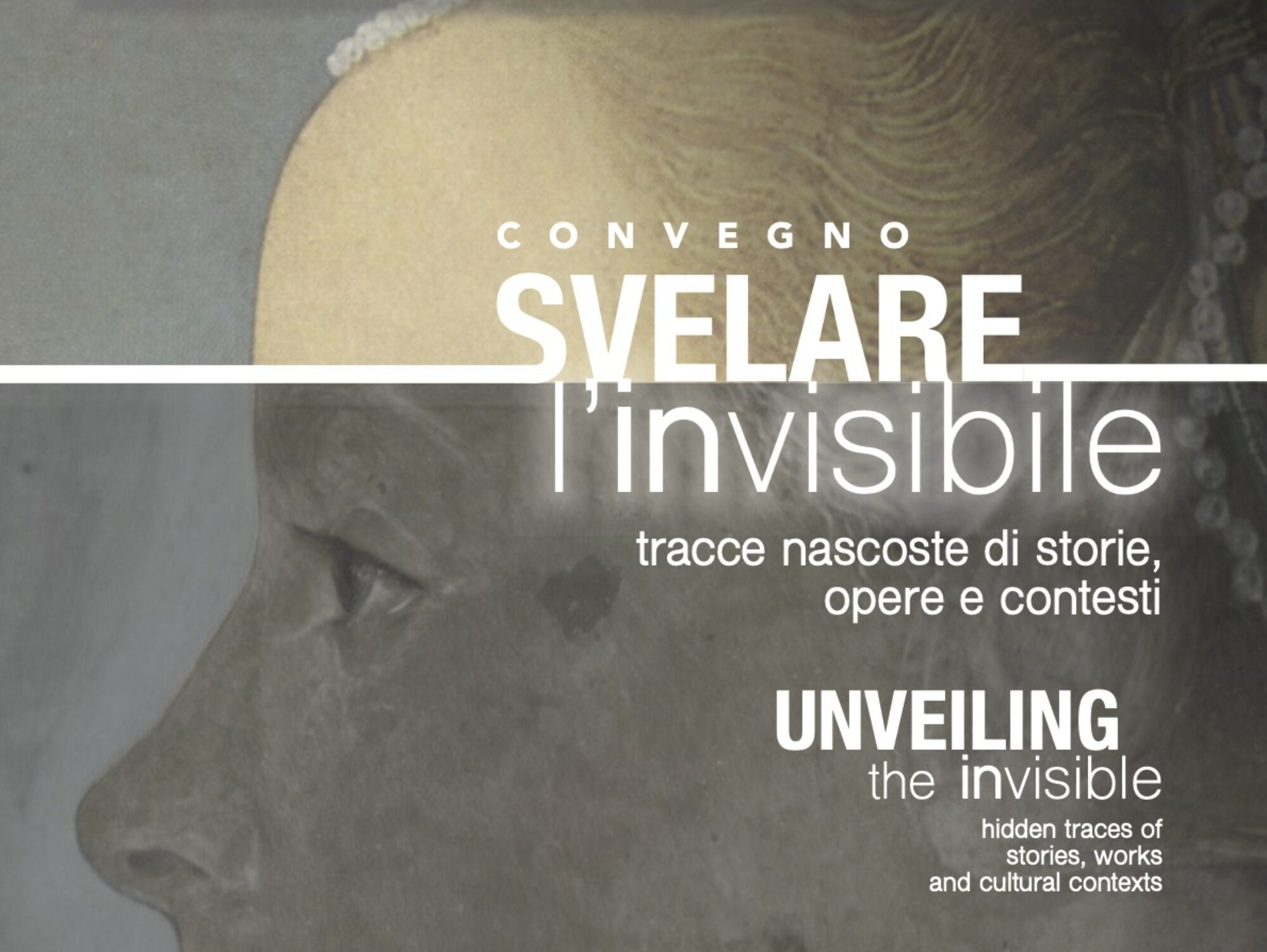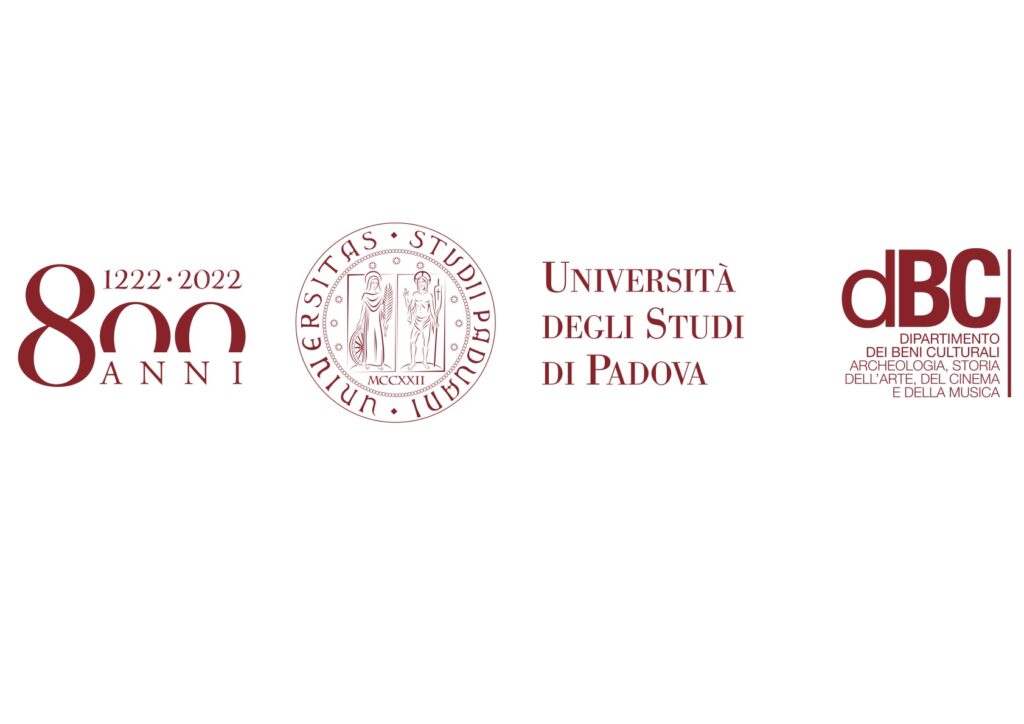Beyond borders: reading the relationship with otherness
Elisa Puppi (Università Ca’ Foscari)
Palazzo Zen (1533-1553): a gateway to the Orient in Venice
In the massive volume of Palazzo Zen in Venice, the deep and ramified roots of the architectural work: the intellectual and ideological history of the client, his choices and cultural associations, the progressive definition of the linguistic tools of the city’s architecture. For a long time, critics did not question the actual significance of the building, relegating it to an now anachronistic revival of Gothic architecture, at the behest of the client; only since the 80s of the 20th century, thanks to the studies of Ennio Concina, the critical debate broadened. The subject of my doctoral research, the study of the building – built with the fortunes of the family of Pietro Zen, one of the greatest merchants and ambassadors to the East, and apparently with a consultancy of the architect Sebastiano Serlio – reveals the history and memory of the Zen family, linked since ancient times to the Arab world: the rows of dromedaries, palm trees and Persian landscapes of the bas-reliefs that adorn the cornice of the intrados and the façade materially concretise the encounter between East and West. The proposed intervention – in the light of the unpublished documentation found – aims to demonstrate the the Zen family’s desire to build a dwelling that could not only self-celebrate family identity and memory but also to act as a speculum historiae of Venice, gateway to the East, which has always been a vehicle of syncretism between the two worlds.
Federica Bosio (Università degli Studi di Padova)
Fragments of Asia in Lamberto Vitali’s collection
Lamberto Vitali (Milan, 1896-1992) is acclaimed for being one of the Italian pioneers in the field of the history of photography, as well as a passionate promoter of the pictorial, sculptural and graphic work of modern and contemporary artists. Vitali’s preferences and theoretical inclinations are reflected in his collection, which is configured as an experiential memory of the author’s curiosity. The scientific contributions published so far have focused on the primary interests of the intellectual. This contribution intends to reveal the interests in the art of East and South Asia matured by Vitali between the Twenties and Thirties of the twentieth century, following the traces hidden in the lapels of the collection, among the shelves of his library and between the lines of his writings. The intervention aims to undertake “underground” paths never taken hitherto, which reveal the dynamics through which some Chinese paintings converge in the collection together with the active participation of the critic in the oriental art exhibitions organized in Milan in the first thirty years of the twentieth century. The fragments of Asia present in the collection allow us to read in filigree Vitali’s membership to the movement for the inclusion of oriental arts in historical and artistic reflections promoted by Paolo D’Ancona, Raffaello Giolli and Lionello Venturi. Although the products of Asian origin are a parenthesis in Vitali’s speculation, they testify the attempt to create in the microcosm of his collection a choral and plural history of art, where Chinese paintings interact with the works of primitive masters and Thai sculptures form a formal links with Morandi’s paintings. The unveiling of these collecting and critical perspectives, overshadowed by the most patent interests of the intellectual, was made possible through the study of catalogs, the consultation of archival documents and the tracing of Chinese paintings that belonged to Vitali in a private collection.
Giulia Luciani (University College Cork)
French Women Orientalists in the Maghreb, 1899-1929: Uncovering the Hidden
Strategies of Colonial Orientalism
This paper focuses on expatriate French Women Orientalists and the exchanges they had with their colonial contemporaneity between 1899 and 1929, investigating how the colonial context in which they lived and worked impacted on their aesthetics. It focuses on uncovering the strategies through which they commented on their colonial contemporaneity by staging their artworks as visual paradigms of ‘colonial Orientalism’ to reconcile the creation of Orientalist art in an assimilated and ‘domesticated Orient’, and deciphering whether these strategies reinforced or subverted colonial agendas. The paper presents further micro-research on artists such as Cécile Bougourd (1857-1941), Lucie Ranvier-Chartier (1867-1932), Marguerite Delorme (1876-1946), and Marguerite Tedeschi (1879-1970). They used a naturalistic style infused by the traditions of impressionism which, combined with representation of ‘Oriental’ subject matter, became a tool for France’s political intentions of representing conquered territories and lands. This study is foregrounded in the close visual study of paintings which depicted, but are not limited to, exterior scenes in urban and landscape settings. The paper employs a mixed methodology made up of feminist and postcolonial theory combined with micro-historical analyses, investigating artists’ role in the liminal space between Saidian ideology and individualistic artistic pursuit of cross-cultural learning. The contextualisation of their artworks and experiences in Algeria, Tunisia and Morocco could reveal the ways in which these artists have contributed to subvert or reinforce Orientalist narratives of Saidian reading. Connections between Orientalist art and colonial contemporaneity can be further explored through the gaze of these female artists compared with the historical configuration of North-Africa and artists witnessing urban and social changes carried out by the French colonial enterprise. The presences and absences in their artworks reveal their hidden comments on the colonial contemporaneity that the Maghreb was facing ― the redrawing and reorganisation of the coloniser/colonised divide.
Rui Ji (Alma Mater Studiorum – Università di Bologna)
China’s participation in the Venice Biennale in the 1980s. Hidden Phenomena and Causes of Chinese Heterogeneity in Western Art History
Contemporary Chinese avant-garde art is often considered to have originated in the late 1970s and early 1980s. Rooted in the particular context of China’s urbanization and strongly influenced by Western thought, it shows a mismatch with Western contemporary art and is controversially involved in Western art history, thus constructing the phenomenon of a heterogeneous culture in its participation in the international arena. Central to this article is the context of the post-birth of Chinese contemporary art and the case of China’s two participations in the Venice Biennale in the 1980s with handicrafts. Reviewing the historical facts of the participation of Chinese art in the Biennale in the 1980s, this article analyses the reasons for the non-participation of Chinese contemporary art in the Biennale from four main perspectives: the formation of two lines of development between official Chinese art and Chinese contemporary art; the conflict between the official Chinese art system and the form of organization of Chinese contemporary art; the lack of understanding of the current state of art in both China and the West; and the traditional Chinese elements that have created a stereotypical image of the Oriental atmosphere in Chinese cultural production. The analysis of the phenomena mentioned above and the causes of heterogeneous cultural art practices is helpful to expose the development of Chinese contemporary art and the complex situation of exchange between China and Italy hidden behind China’s participation in the Venice Biennale, thus providing experiences and reflections for the drafting of pluralistic art history, particularly for the participation of non-European countries in European exhibition practices, with the critical significance of historical tracing.

